If you are looking to live off the grid in 2025, you can join some of the best off-grid communities in the US, including Earthaven Ecovillage in North Carolina, Breitenbush in Oregon, and Dancing Rabbit Ecovillage in Missouri, among others. These communities are disconnected from the traditional power grids, and some even rely on indigenous water systems.
However, powering essential off-grid appliances away from traditional utilities can be a complex process. That's where Jackery Solar Generators sound like reliable off-grid generators. They make off-grid living in remote locations much easier by providing dependable backup power for everyday essentials, such as lights, water pumps, fridges, and even communication devices.
In this article, you'll learn:
- Membership costs and entry requirements vary widely from one off-grid community to another, from low monthly contributions to work-trade agreements or land purchases.
- Several off-grid communities in the US are actively seeking new members in 2025, including Rachel Carson Ecovillage and Twin Oaks, among others listed on platforms like ic.org.
- Legal and zoning regulations vary by state and county, particularly in terms of water rights, building codes, and septic systems. Always consult local authorities before relocating off-grid.
- Jackery Solar Generators make off-grid living more accessible. They offer a clean, quiet, and maintenance-free power solution without relying on fuel or grid access.
What Are Off-Grid Communities?
Off-grid communities are settlements that operate independently from the traditional electricity, water, and sewer systems. These communities are designed to be self-sufficient and rely on self-generated energy that comes from renewable sources, such as solar and wind power.
Top Off-Grid Living Communities In the US
There are many off-grid communities in the US. These sustainable living communities have been built to accommodate people who want to understand how to live off the grid and have a self-sufficient lifestyle.
They have water supply, power sources, and waste management systems. They are often located on large land tracts with plenty of space for farming and other activities such as gardening and raising livestock.

Here are some of the most popular off-grid communities in the US include:
Breitenbush
Breitenbush is a cohousing community in Breitenbush, Oregon, United States. It was founded by a group of hippie back-to-the-landers and has been continuously inhabited since then. The district owns over 1200 acres of forested land and has grown over the years to include over 100 people, with a waiting list of 300 more.
How to Join: To become part of the Breitenbush community in Oregon, you need to be a member of staff at the retreat center. You’ll need to apply for a work-trade or staff role. Most members start as seasonal workers and transition into full-time residency after a trial period.
Earthaven
Earthaven Ecovillage is a planned, intentional community in the mountains near Asheville, North Carolina, United States. Its mission is to create an economically self-sufficient, ecologically sustainable village that serves as a model for eco-villages worldwide.
How to Join: To join Earthaven Ecovillage, you need to visit and engage with the community through tours, classes, or events, such as "Experience Week.” After getting a feel for the community, you can apply to become a member, which involves a joining fee, completing community service hours, and acceptance into a specific neighborhood.
Dancing Rabbit Ecovillage (Missouri)
Dancing Rabbit is an intentional community founded by a group that wanted to create sustainable living spaces where people could live in harmony with each other and the earth. They developed their land over time, building homes and infrastructure with their own hands. Today, they have about 100 residents and another 200 people who regularly visit for workshops, classes, or events.
How to Join: To join the Dancing Rabbit Ecovillage, a person typically goes through a multi-step process involving visiting, residency, and membership application. The initial step involves a visit, followed by a 6-month residency period where the individual gets to experience the community and its practices. After the residency, one can apply for membership.
Emerald Earth (Oregon)
Emerald Earth is an eco-village development planned for Southwest Oregon's Applegate Valley on land owned by conservationist Doug Tompkins' Foundation for Deep Ecology. The goal is to build a community that relies on renewable energy, produces no waste, and has minimal environmental impact through sustainable design principles such as permaculture and natural building techniques like straw bale construction and cob construction methods.
How to Join: To join Emerald Earth, you can start by visiting their website and exploring their various programs and activities. They offer farm stays, workshops, and internship opportunities. To learn more about becoming a member, you can contact them directly through their website.
Twin Oaks Community
Twin Oaks is the largest and oldest of the off-grid living self-sufficient communities in the US. It is located in Louisa, Virginia. The community has a population of about 85 adults and children living in 13 residential units, plus a handful of outbuildings.
The community is governed by a set of democratic principles called "the Twin Oaks Charter." The community has no money but uses an internal bartering system to exchange goods and services. In addition to food production, members make clothes and furniture out of local materials.
The community is entirely organic and uses solar power for its electricity needs. The district also runs an on-site recycling center which processes over 100 tons of glass annually.
How to Join: To join Twin Oaks Community, a visitor must first arrange and complete a three-week visit. This period allows potential members to experience the community, work alongside members, and learn about its systems, policies, and culture. After the three-week visit, there's a one-month period before a decision is made on provisional membership.
Off-Grid Communities Seeking New Members in 2025
If you're exploring off-grid living in 2025, several US communities are currently welcoming new members. For example, Twin Oaks is seeking new members who value social justice and sustainability. Rachel Carson Ecovillage is another visionary, collaborative community with a commitment to social justice, inclusivity, and sustainability.
You can check the Communities with Openings Archives page, which lists communities actively seeking new members. Most of these are off-grid, eco-villages, cohousing communities, or intentional communities, and the Newest Communities page lists newly added communities to the Fellowship for Intentional Community (FIC) directory.
5 Off-Grid Living Communities Worldwide
Living off the grid means being self-sufficient and not depending on utilities like electricity or water. Many people choose to live in rural areas where they can be completely independent of society. However, some people choose to live in cities but still want to be independent of the government and other utilities. Here are some free living communities.
Kovcheg, Russia
This is a small community of people who have chosen to live off the grid. They have built their own homes and grown their food to live sustainably. They have created an entire community that is entirely self-sufficient.
The Konohana Family in Japan
The Konohana family lives on a beautiful island called Yakushima in southern Japan. They live in an off-grid cabin on the top of a mountain and grow most of their food. They do not use any modern technology and instead rely on meditation and yoga for relaxation and nature for inspiration. Their life is simple and peaceful, but it's also challenging work.
Lasqueti, Canada
Lasqueti is an island off the coast of British Columbia that has no roads and no bridges connecting it to the mainland. The only way to get there is by boat or seaplane from Vancouver Island. Only about 250 people live there permanently, but several hundred more visit each summer when they open their campground for tourists looking for a quiet getaway spot away from it all.
Torri Superiore, Italy
Torri Superiore is an off-grid community in the Italian Alps that has been self-sufficient.
The village was built in a valley occupied by people since the Middle Ages and is now home to around 600 people who live on communal land. The town is entirely off the grid, with all its energy provided by solar panels, wind turbines, and hydroelectric power stations. Residents have no access to running water or gas, but they have private wells and fireplaces for heating their homes.
Freedom Cove, Canada
Freedom Cove is a community designed to be off-grid and self-sufficient. It's located on the west coast of Vancouver Island in British Columbia and boasts solar power, rainwater collection, and composting toilets.
The community comprises 12 homes, each with a private dock. Residents share a common area, including a building for workshops and meetings, a kitchen, and a dining room.
Why Do People Live Off The Grid
The desire to live off the grid is not a new phenomenon. People have been doing it for centuries. There are many reasons why people live off the grid, but here are the main reasons why people decide to go off the grid.
To Be Self-Sufficient
Another reason why people decide to live off the grid is so that they can become self-sufficient. Those who believe in being self-sufficient will often try to grow their food and produce their electricity rather than rely on someone else for these things. They may also want to build their own homes without interference from outside sources. For example, contractors or builders who take money from them when they do something wrong while working on their house.
Self-Reliance
One of the biggest reasons for living off-grid is that it allows you to become self-reliant. If you live on your own land, you won't need to rely on anyone else for water or electricity, which means that you won't be affected if there is a power outage or water shortage.
To Live a Greener Lifestyle
Many people who live off the grid do so because they want to live a more sustainable and eco-friendly lifestyle. They may use solar power or wind power to generate electricity, and they may try to grow as much of their own food as possible.
How to Find Off-Grid Communities Near You
If you're ready to explore off-grid living, several resources can help you find communities aligned with your lifestyle and values. Here's how to find off-grid communities in the US:
- Foundation for Intentional Community (FIC): Their Directory of Intentional Communities lets you filter by state, living style (including off-grid), and openness to new members. It's the most trusted source for intentional and sustainable living networks in the US.
- Homesteading and Off-Grid Facebook Groups: Local groups such as “Off Grid Living – USA” often share available land, community listings, and networking opportunities by region.
- Reddit (r/OffGrid and r/intentionalcommunity): These subreddits are valuable for real experiences, referrals, and leads about forming or joining communities.
Off Grid Living Supplies
The most crucial off-grid living supplies to have are food and water. This is a matter of survival, and you should take it very seriously. Remember that the supplies you need will vary depending on where you live, how long your power outage will last and how many people are in your family.

Portable Solar Generator
A portable solar generator is a great off-grid power solution to ensure that you have power wherever you need it, even if there is no power grid nearby. It's also a good idea to ensure that your emergency kit has plenty of extra batteries and a way to charge them up.Check out our previous article to get more helpful information on how to build a solar powered off grid cabin in 6 easy steps.
Food and Water Supplies
Food and water are two things we all need daily, making them top priorities when it comes to preparing for an emergency or other type of emergency situation. In fact, you should ensure that you have enough food and water stored in case something happens and the grid goes down for good.
Emergency and First Aid Kits
A first aid kit is an essential part of any off-the-grid living kit. In an emergency, providing necessary medical assistance to yourself and others in your party is crucial. An excellent first aid kit should contain a variety of bandages, antibiotic ointment, antihistamines, anti-diarrhea medication, pain relievers, and other such items.
Cookware
Cookware is another essential item for off-grid living. It would help if you had cookware that could withstand high temperatures and not break down over time. Stainless steel cookware is one of the best options because it does not rust or deteriorate like aluminum when exposed to moisture or salt water. You will also need pots and pans for cooking and utensils for serving food at the table.
Clothing and Bedding
Clothing is another essential item for off-grid living supplies because you may be faced with harsh weather conditions during some parts of the year or even during all seasons. This may be due to unpredictable climate changes caused by global warming or other factors outside your control like natural disasters, such as hurricanes or floods. This could result in disruptions in electricity supply or transportation systems that would prevent food deliveries.
Jackery Solar Generators For Off-Grid Living
Jackery is a well-known brand that manufactures high-quality off-grid solutions, such as solar generators, solar panels, and portable power stations. Since off-grid living means you're responsible for producing your own electricity, a solar generator can help you convert free solar energy into electricity and charge appliances.
The Jackery SolarSaga Solar Panels absorb the sunlight and convert the solar energy into DC electricity. The pure sine wave inverter does the DC to AC conversion and stores energy in the Jackery Portable Power Stations. With Jackery Solar Generators handy, you can live off-grid without dealing with high electricity and energy costs.
Jackery Solar Generator 3000 Pro
The Jackery Solar Generator 3000 Pro is a powerful charging solution that can power most of your off-grid appliances for long hours. The Jackery Explorer 3000 Pro Portable Power Station has double wheels, a pull rod, and a foldable handle for easy transportation. You can charge the battery backup with 6*Jackery SolarSaga 200W Solar Panels in 3.5 hours and never worry about finding electrical outlets or relying on the utility grid.
Appliances running time:
- Refrigerator (300W): 7.9H
- Water Pump (800W): 3.1H
- Outdoor Grill (800W): 3.1H
- Water Heater (1000W): 2.5H
- Air Conditioner (1000W): 2.5H

Who Should Buy This
If you're looking for an off-grid generator that can power most appliances while living off-grid, you can consider investing in the Jackery Solar Generator 3000 Pro.
Customer Review
“Living in a condo leaves very few options for a generator during power outages. I cannot have any fuel-type generators on the balcony. I have tested its mettle by running a few power-hungry small appliances simultaneously and keeping the refrigerator going. It held up very nicely.” — Wendy Horn.
Jackery Solar Generator 2000 Plus Kit (4kWh)
If you want to go completely off the grid and power most of your home appliances with free solar energy, you may never go wrong with the Jackery Solar Generator 2000 Plus (4kWh). The extra Jackery Battery Pack 2000 Plus can be attached to the Jackery Explorer 2000 Plus Portable Power Station to expand the battery up to 4kWh. Hence, you can power most heavy-duty appliances in your off-grid home without paying high electricity bills. The home battery backup also features double wheels and a foldable handle to make transportation much easier.
Appliances running time:
- Refrigerator (300W): 10.8H
- Water Pump (800W): 4.2H
- Outdoor Grill (800W): 4.2H
- Water Heater (1000W): 3.4H
- Air Conditioner (1000W): 3.4H

Who Should Buy This
If you want an expandable solar battery backup, then the Jackery Solar Generator 2000 Plus Kit (4kWh) sounds like a reliable choice.
Customer Review
“After a boatload of research, I recently purchased the Jackery 2000 Plus system, with two 200-watt solar arrays. I’ll be using this unit both in our 22’ RV (30 amp) and when living off the grid in our larger 5th wheel in the summer months. I’m impressed with the quality and design (even the packaging) of the Jackery products.” — Randall MacPherson.
Jackery Solar Generator 2000 Plus Kit (6kWh)
The Jackery Solar Generator 2000 Plus Kit (6kWh) is another off-grid solution that can power most off-grid appliances for long hours. The outstanding LiFePO4 battery can last up to 10 years even if you are using it daily. The innovative lithium battery technology offers incredible efficient and safe operation so you can use the solar generator at varying temperatures. Similar to the other models, you can connect Jackery SolarSaga 200W Solar Panels to charge the battery backup in just a few hours and enjoy an uninterrupted power supply.
Appliances running time:
- Refrigerator (300W): 14.9H
- Water Pump (800W): 6.1H
- Outdoor Grill (800W): 6.1H
- Water Heater (1000W): 5.0H
- Air Conditioner (1000W): 5.0H

Who Should Buy This
If you want to power mid to large off-appliances while living entirely off the grid, you can invest in the Jackery Solar Generator 2000 Plus Kit (6kWh).
Customer Review
“The Jackery Explorer 2000 Plus and Battery Pack with the 400W solar panels package is a great combination for home backup and RV usage. I like the idea that if I need more power in the future I can purchase another battery pack. The wheels on the generator are great as 64 lbs is easier to pull/push instead of carrying it.” — Larry Gee.
How Much Does It Cost to Live Off Grid
Living off-grid in the United States can cost anywhere between $50,000 and $150,000, depending on the location, level of self-sufficiency, and energy needs. For example, if you want to generate your own power and run essential appliances, you need to factor in the off-the-grid solar system cost. Here's a table revealing how much does it cost to live off-grid:
|
Component |
Estimated Cost |
|
Land |
$5000 - $50,000 |
|
Solar Power System |
$45,000 - $65,000 |
|
Water Source |
$3000 - $15,000 |
|
Septic |
$500 - $5,000 |
|
Off-Grid Cabin |
$20,000 - $50,000 |
Legal Considerations for Off-Grid Living in the US
Off-grid living is legal in most parts of the US, but it’s regulated at the state and county level, and the rules can vary drastically. Before buying land or disconnecting from utilities, it's essential to check local ordinances. Here are key areas where legal restrictions may apply:
- Zoning Laws: Some counties prohibit full-time residence on land zoned for agricultural or recreational use. Always check with the local zoning board before living off the grid.
- Building Codes: Structures must usually meet the International Residential Code (IRC) or state-specific adaptations. Off-grid homes still need to pass inspections in most areas.
- Water Rights & Waste Disposal: States like Colorado strictly regulate rainwater collection, while others encourage it. Septic systems often require permits. You should check with your state’s Department of Environmental Quality (DEQ) or water resource division.
- Off-Grid Restrictions: Some states, like Florida and California, have building codes that require at least one utility connection. However, others, such as Arizona, Missouri, and Texas, are generally more off-grid friendly.
Off-Grid Communities FAQs
How many watts generator do you recommend for off-grid living?
A 3000W solar generator is good for most off-grid appliances. If your electricity demand is higher, you might consider a 7500-watt generator or 10,000-watt generator. We would recommend going ahead with Jackery Solar Generator 2000 Plus since it can be expanded from 2kWh to 24kWh with the help of additional battery packs.
How many people live off the grid?
More than 250,000 US people are practicing an off-the-grid lifestyle. The key reasons why people are switching to off the grid living include the rising home prices and energy costs in the US.
What states allow off-grid living?
Here are the best states that are the friendliest to off-grid living based on their laws:
- Alaska
- Arkansas
- Delaware
- Florida
- Georgia
- Hawaii
- Idaho
- Illinois
- Iowa
- Indiana
- Kentucky
- Louisiana
- Maine
- Minnesota
- Missouri
- Montana
- Nebraska
- New Mexico
- North Dakota
- Oklahoma
- Oregon
- South Carolina
- Tennessee
- Texas
- Vermont
- West Virginia
- Wisconsin
- Wyoming
Here are the states that have the most laws that do not align with off-grid living:
- Colorado
- Connecticut
- Maryland
- Massachusetts
- New Jersey
- New York
- Pennsylvania
- Rhode Island
- Utah
Note: It is legal to live off the grid in the United States, but you must comply with local building codes and zoning regulations. You should research and understand these laws before starting any off-grid living plans.
How to live off the grid with no money?
You can build an off-grid life for yourself with no money by finding low-cost or free land, constructing a cabin or tiny house, growing your own food, and fishing responsibly.
What is the best climate for off-grid living?
Tropical climates are best for off-grid living because of the abundance of resources available and the warm temperatures. There's a lot of sunshine year round, so you can use solar generators to produce clean energy and power essential off-grid appliances.
What are the best places to live off the grid?
The best places to live off the grid are those with lots of rainwater, long agricultural seasons, water bodies, and enough sunlight or wind to power alternative energy systems. Some US states that meet these criteria include Oregon, Northern California, Alabama, and Tennessee.
How to be 100% off-grid?
If you want to live 100% off-grid, you need to generate your own power, source your own water, manage your own waste, and potentially grow your own food. This involves creating a self-sufficient system independent of public utilities.
Does off-grid mean no Internet?
No, living "off-grid" doesn't inherently mean lacking internet access. Off-grid living is disconnected from public utilities, such as the electrical grid, but you can maintain internet connectivity through various methods, including satellite internet, cellular hotspots, or connecting to nearby networks.
Wrapping Up
Off-Grid living is more than a lifestyle; it's a way of life that seeks to be independent of utility service companies and their bills. The off-grid communities in the US focus on a humble and hardworking lifestyle to be sustainable, prepared for disasters, and self-dependent. Living off-grid presents several challenges, and preparing yourself will help you overcome them and live a sustainable lifestyle. If you are looking to try off-grid living and are looking for a reliable battery backup solution that can keep essential appliances powered, you can consider going ahead with the Jackery Solar Generators.
You can visit or learn more about Jackery products and subscribe to newsletters for exclusive offers and deals.

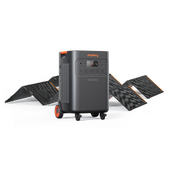
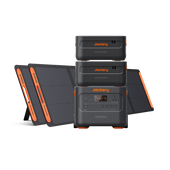
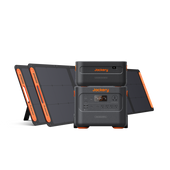

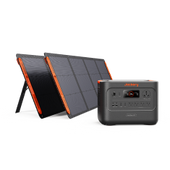

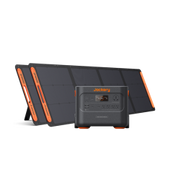
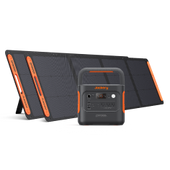

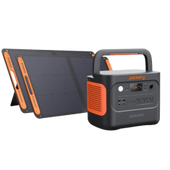
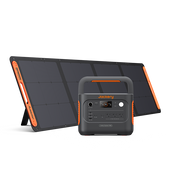
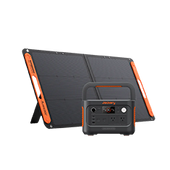


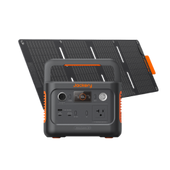
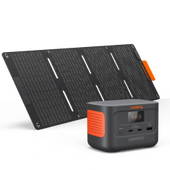
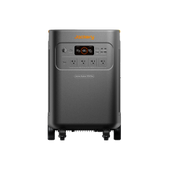
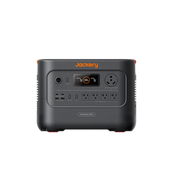
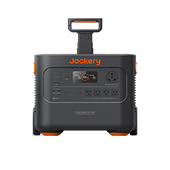
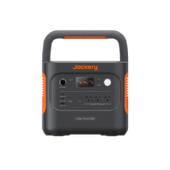
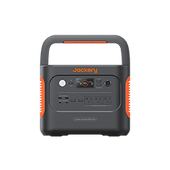
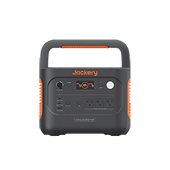
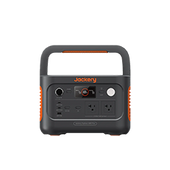
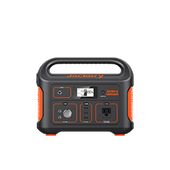
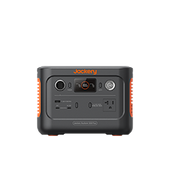

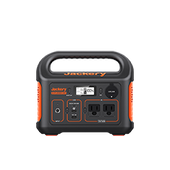
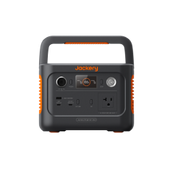
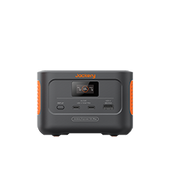
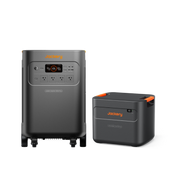
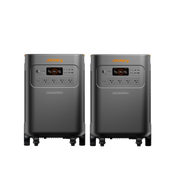
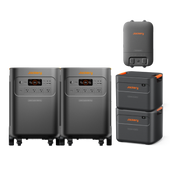
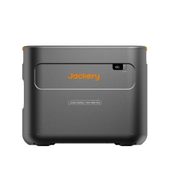
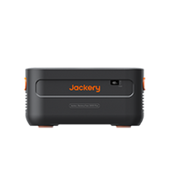
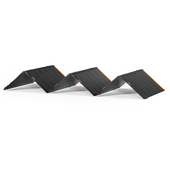
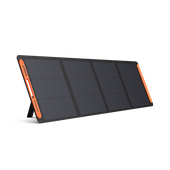
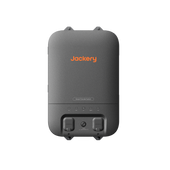
![[Add-on] Jackery Manual Transfer Switch for Explorer 5000 Plus](http://www.jackery.com/cdn/shop/files/800x800-2_5b90d3ab-246e-4679-affe-e7c6949f9c27.png?v=1744356904&width=170)
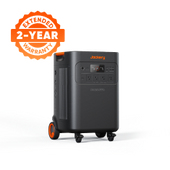
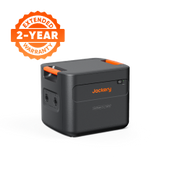
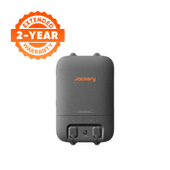
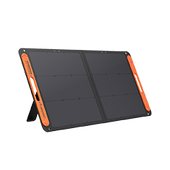
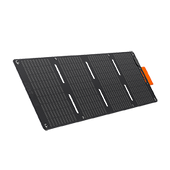
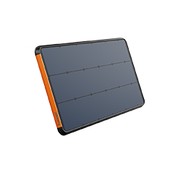
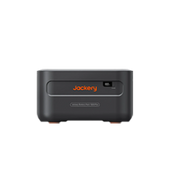

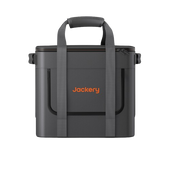

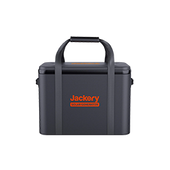

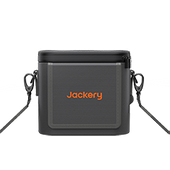
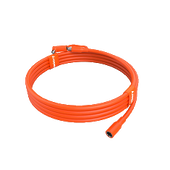
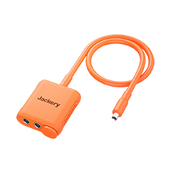
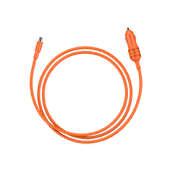

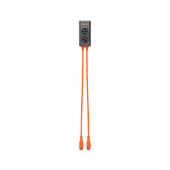
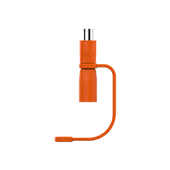
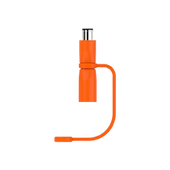
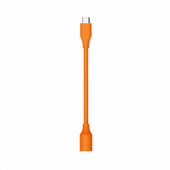
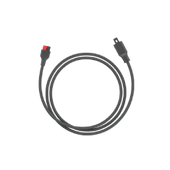
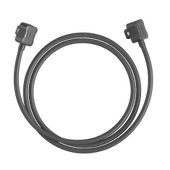
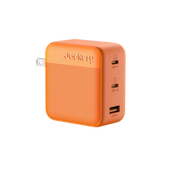
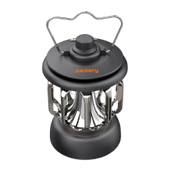


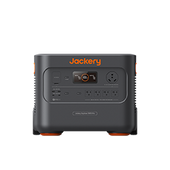
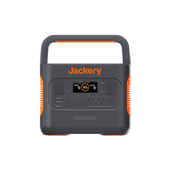
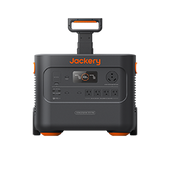
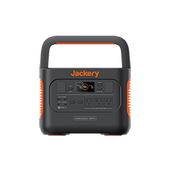
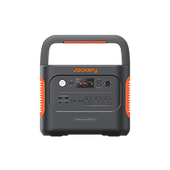
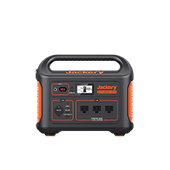

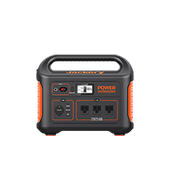
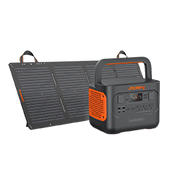

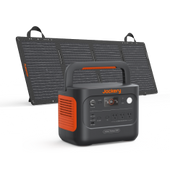
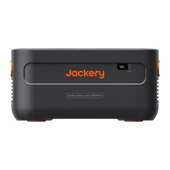
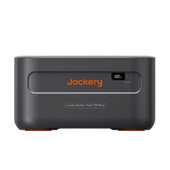


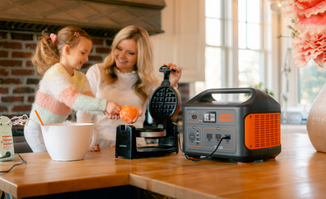
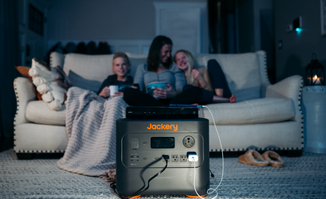
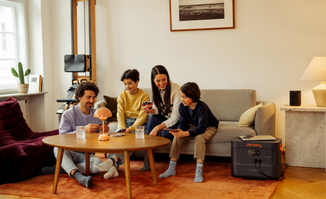
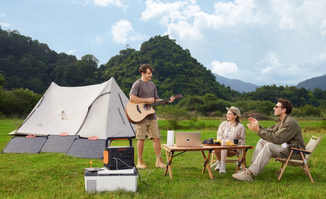
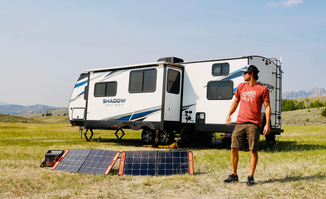
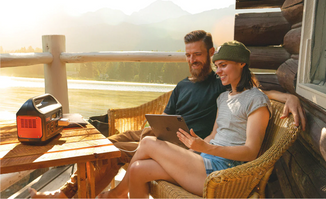
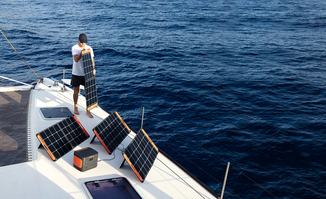
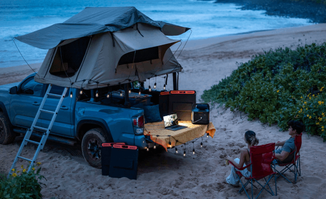
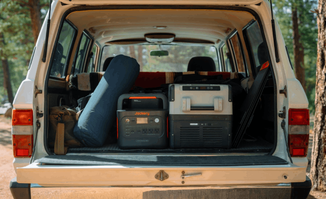
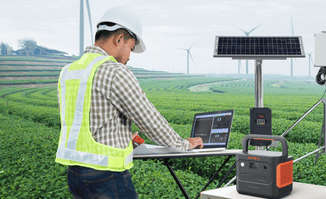
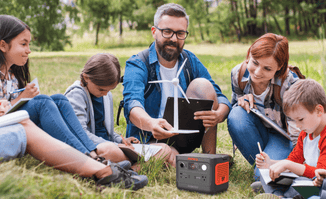
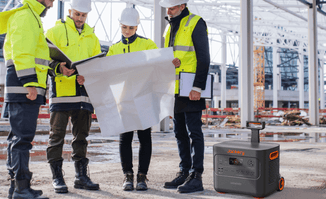
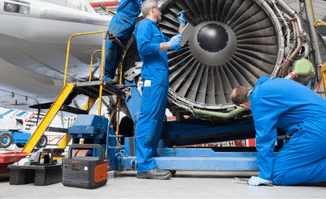
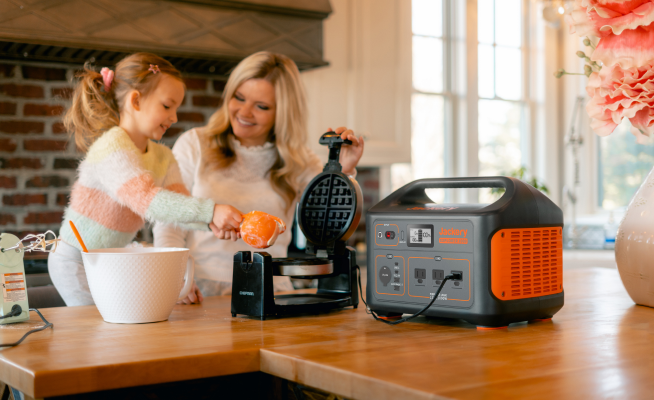
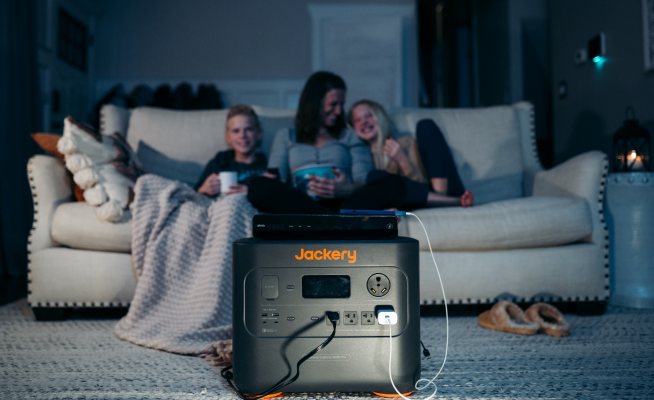
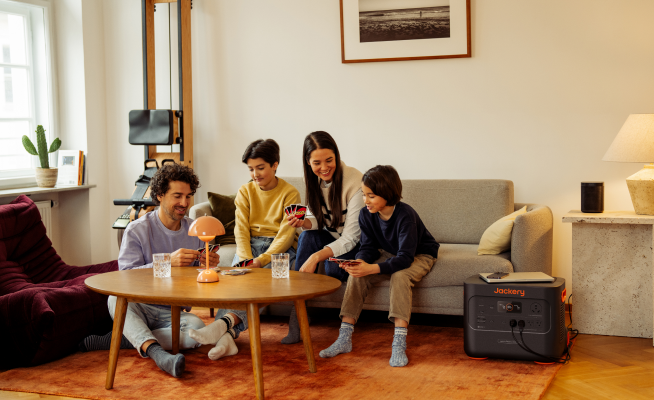
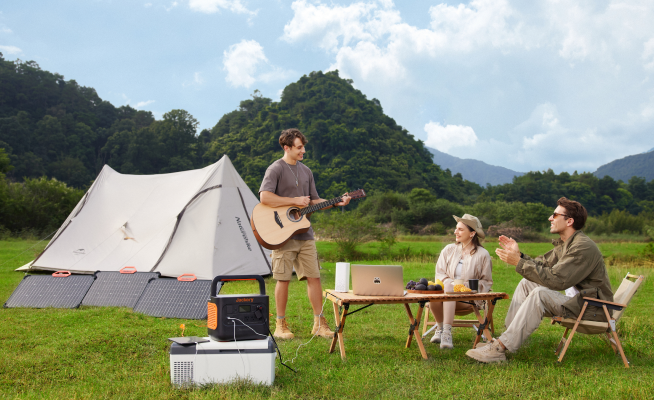
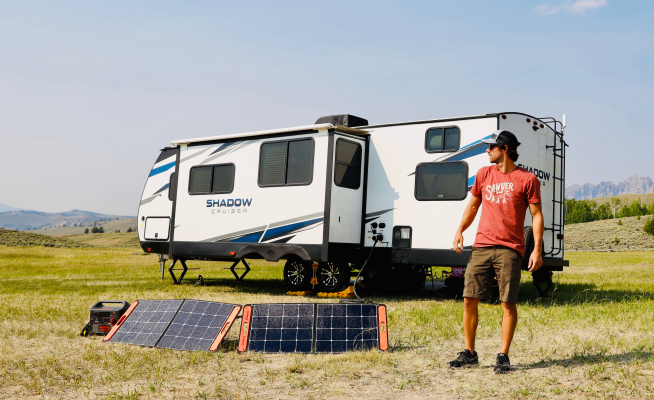
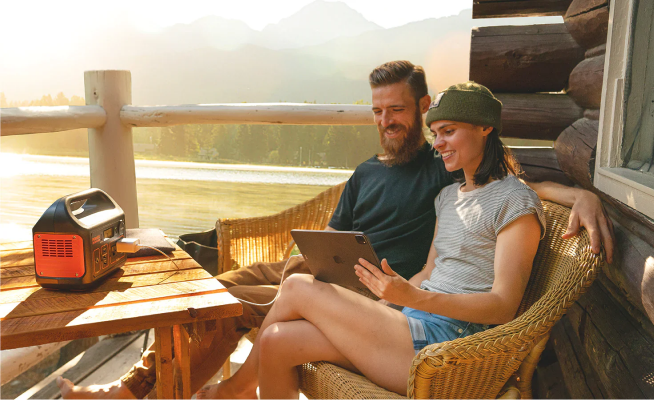
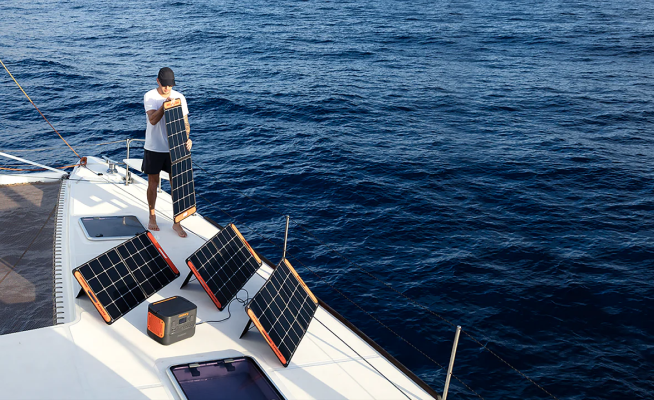
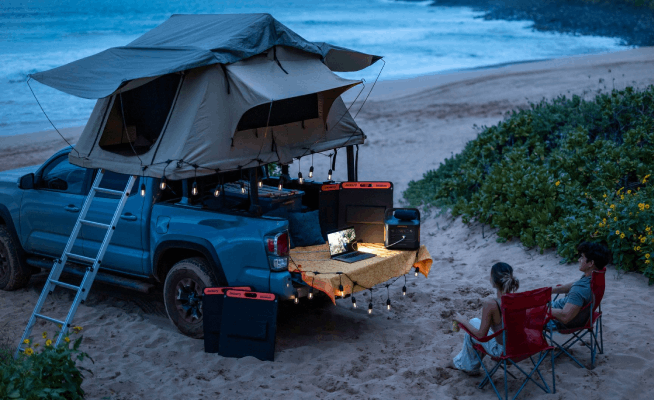
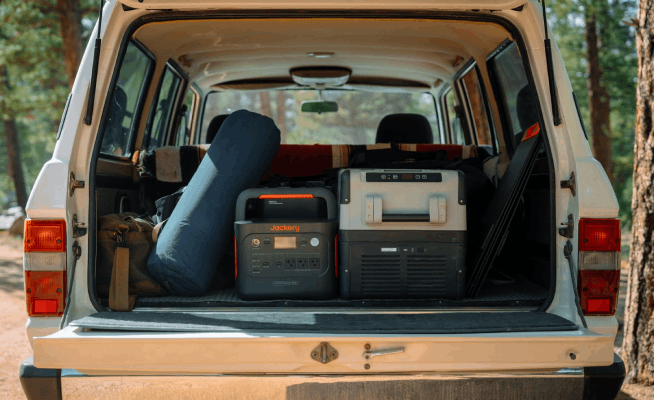
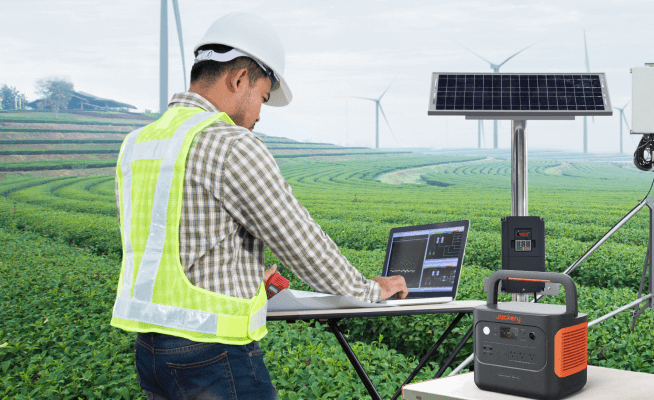
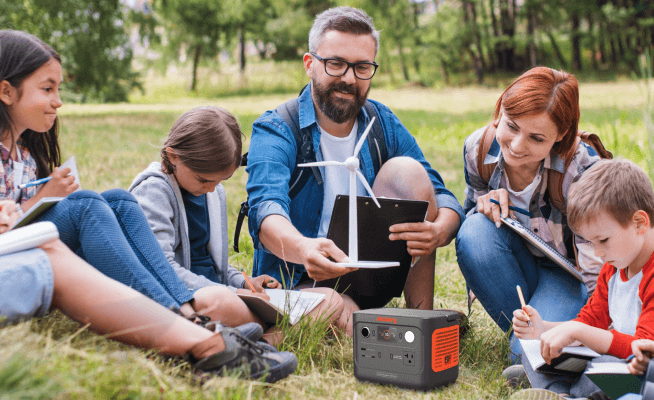
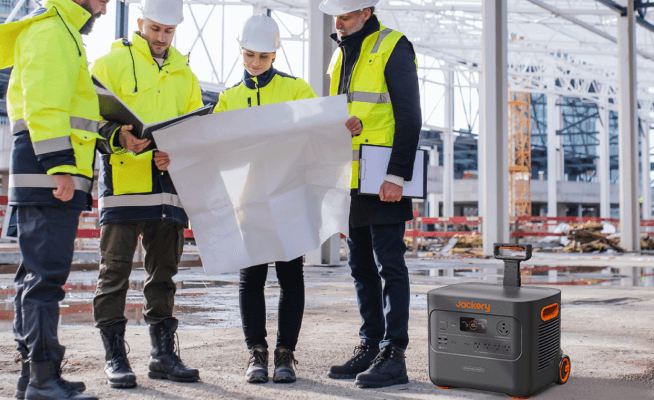
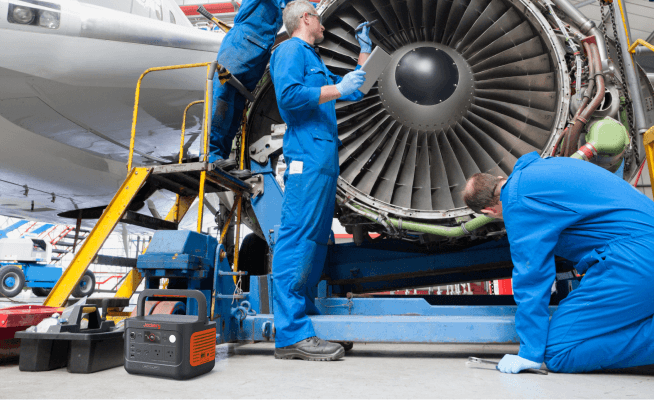


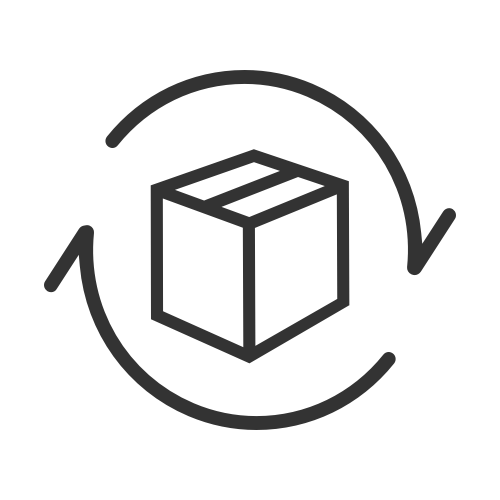






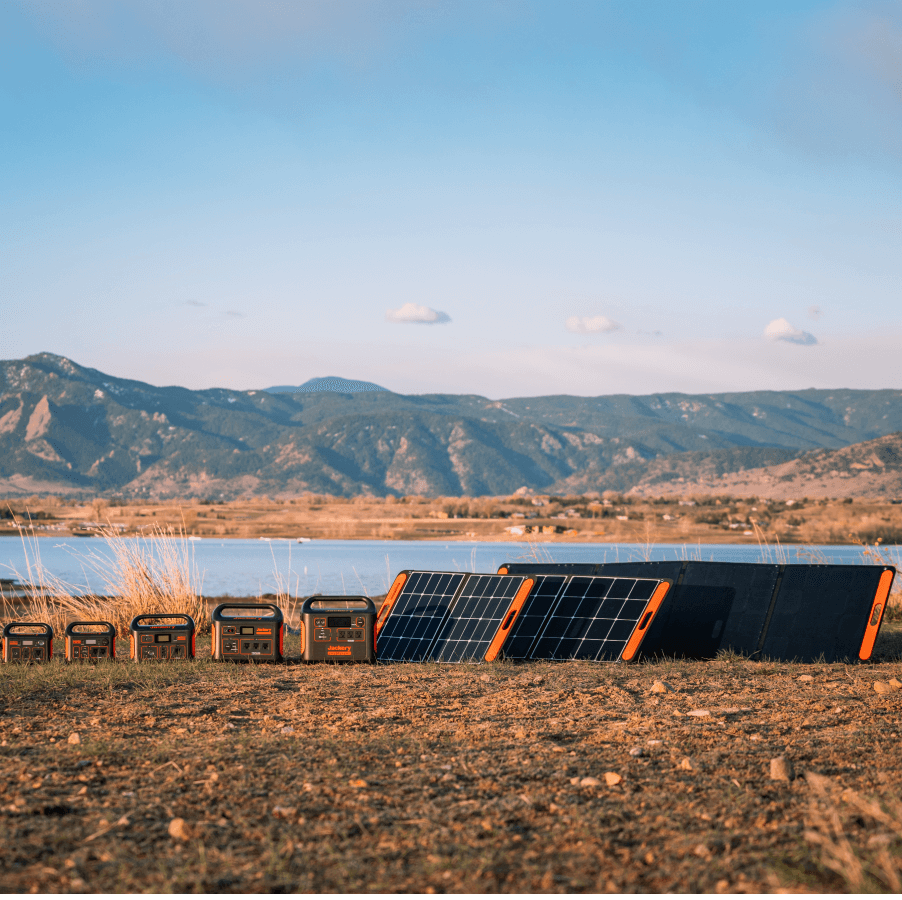
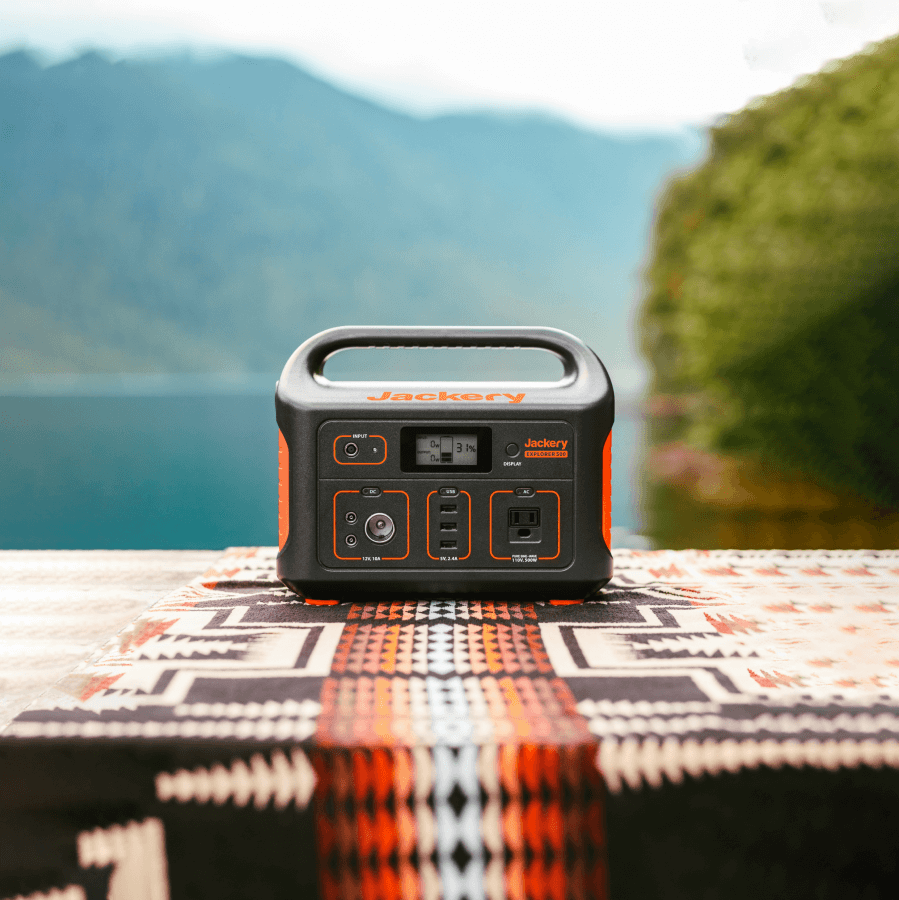
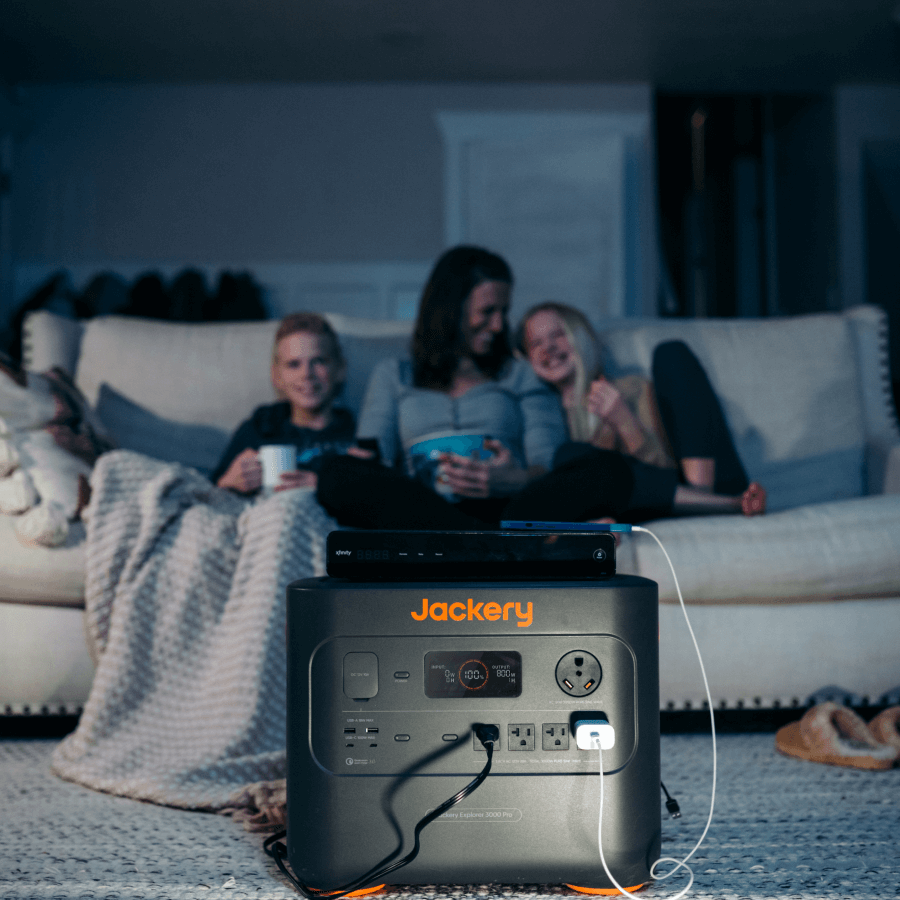

Your list of states that allow off grid living is incomplete.
Breitenbush is not off-grid. They are connected to the electrical grid. All the main buildings use grid electricity. Many of the cabins are simply rustic, but not sure that qualifies.
Three Rivers Recreational area in Central Oregon is over 4000 acres with over 600 homes – from RVs to mansions close to 10k square feet – all off grid
How many watts generator do you recommend for off grid living?
Leave a comment